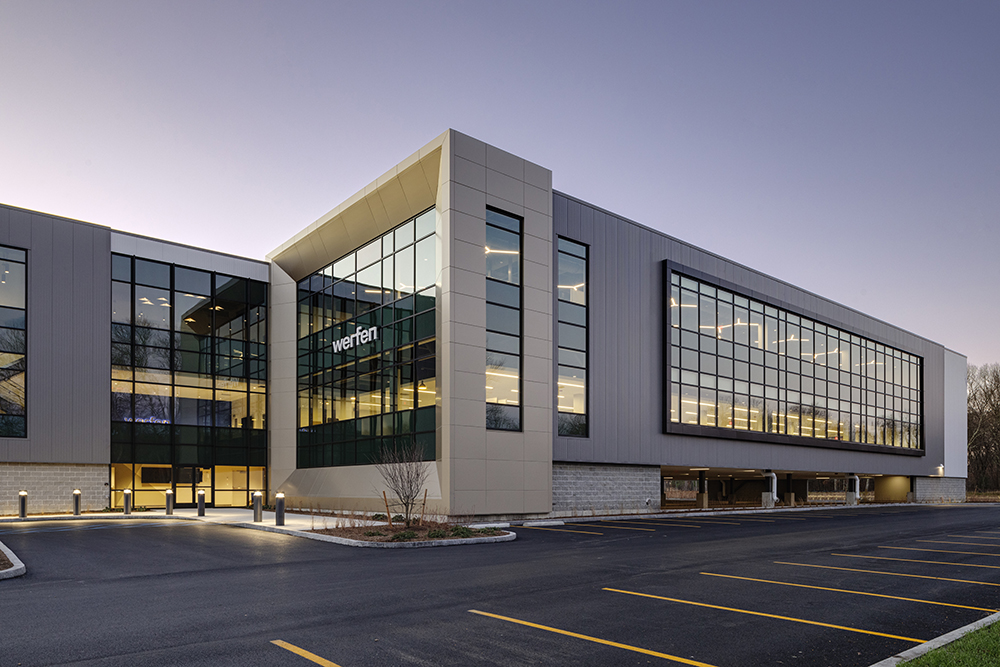Catastrophe modeling effects on real estate portfolios by Spencer Macalaster
Catastrophe modeling (aka CAT modeling) is the process of using computer-assisted calculations to estimate losses that could be sustained due to a catastrophic event such as a flood, hurricane, windstorm or earthquake. CAT modeling is especially applicable to helping analyze risks in your real estate portfolios utilizing actuarial science, engineering, meteorology, and seismology.
Setting aside what the causes may be, the current wisdom promotes the human impact on climate change. The National and Oceanographic and Atmospheric Administration (NOAA) predict more violent weather related damage, increasing the exposure to beyond coastal locations. Catastrophic events can cause widespread damage to property throughout the U.S. Floods account for more Presidential Disaster Declarations than any other events with over $5 billion in economic losses on an annual basis. Isolated wind events like a tornado or wide spread events like a hurricane can cause enormous damage affecting whole communities and regions. In many parts of the U.S. exposure to an earthquake event is likely.
Carriers are not only using revised FEMA flood maps with higher base flood elevation levels; they are applying flood zones up to 1,000 feet and beyond, making the availability of flood insurance difficult to obtain. A property in a high hazard flood zone is 5-7 times more likely to experience a flood event causing $100,000 or more in damage than to suffer a fire or explosion of a similar magnitude according to property insurer FM Global. Catastrophes including cyclones, hurricanes, earthquakes, or terrorist attacks are rare events that can cause losses over large geographic areas. Insurance companies utilize CAT models of these potential events for underwriting, as it is imperative for them to estimate the correlation of risk at the different locations and also have a means for estimating their aggregate risk.
Real estate property owners can be proactive about their CAT risks and exposures by utilizing models provided by their insurance brokers. This starts first with understanding where your property is physically located - whether it is in a High Risk Zones or a Moderate to Low Risk Zone. Through this modeling appropriate levels of coverage, size of deductible and safety precautions can be assessed. Other factors that need to be taken into consideration when determining the severity of loss include the type and size of the building, where assets are located within a building, and what the potential impact will be on operations if the building is shut down as a result of damages to property and machinery and equipment as a result of a CAT event.
Following an evaluation and implementation of risk control measures, decisions can be made around how much exposure to retain through deductibles and how much coverage and limit to transfer and buy through your Insurance program. If a property owner has multiple buildings that could be exposed to a single event in a specific geographical area, then it is important to look at the aggregate exposure to all loss when making insurance decisions. CAT modeling provided directly to the property owners is also an effective negotiating tool against a carriers modeling, helping in the negotiation process for improved insurance program design and cost.
Spencer Macalaster is executive V.P. and real estate practice leader with Risk Strategies Company, Boston.
Newmark negotiates sale of 10 Liberty Sq. and 12 Post Office Sq.


Make PR pop by highlighting unique angles - by Stanley Hurwitz

How COVID-19 has impacted office leasing - by Noble Allen and John Sokul

Five ways to ruin a Section 1031 Like-Kind Exchange - by Bill Lopriore









